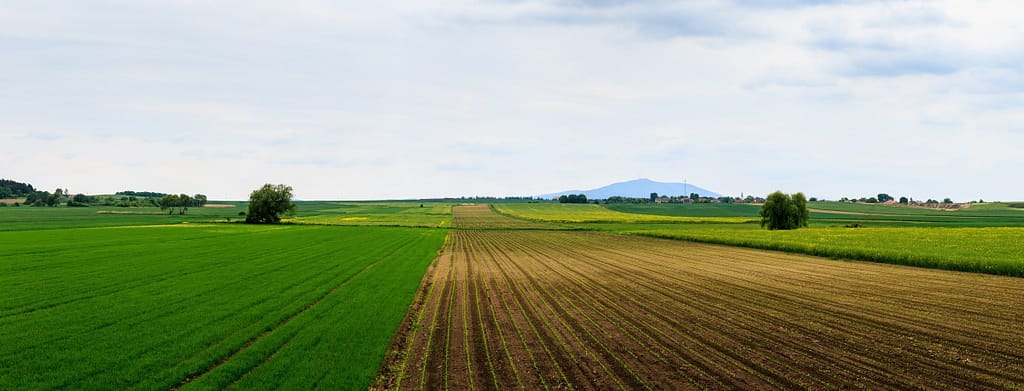Regenerative Agriculture that uses livestock cannot mimic nature and does more harm than good

In simplest terms, regenerative cattle farming is the idea that introducing cattle on a barren piece of land will make the soil fertile from the cattle’s manure, allowing grass and vegetation to grow, which will allow carbon to be stored in the soil. However, after about 13 years, the soil reaches peak carbon saturation and cannot store any more carbon.
Those who claim that “regenerative” or “holistic” ranching mimics nature and helps improve soil health could be referring to specific situations. While grazing practices can improve soil, this comes at the expense of productivity. Only with substantial external inputs can both production and soil health/carbon be increased. Without external inputs, either soil is improved, or production, but not both.
Animal-based regenerative farming also relies on fencing, while in nature wild herbivores roam freely, often across vast distances. It excludes or eradicates predators, crucial to the healthy functioning of all living systems. It tends to eliminate tree seedlings, ensuring that the complex mosaics of woody vegetation found in many natural systems – essential to support a wide range of wildlife – are absent. [The Guardian]
You do not need large mammals to form an ecosystem. New Zealand has a lush ecosystem without any large mammals.
Land can be regenerated in several ways. It is not worth regenerating a piece of piece of land if it requires a heavy emission of greenhouse gases. If all the world’s cattle were grass-fed, it would produce more greenhouse gasses than the entire European Union.
A single grass fed cow produces 209 lb. methane per year. Methane is about 36x more powerful greenhouse gas than carbon dioxide. If we convert the world’s 1.4 billion cattle to grass fed, we will get 10.5 trillion lb. of CO2. But since grass fed cows take 1.5 – 2x longer to grow than grain fed cows (because cows take longer to digest grass than grain), it’s almost twice as much. And that’s just the methane from cow belches! It does not count toll from the excrement of cattle.
Feeding seaweed to cows won’t solve the methane problem. It is very difficult to grow that kind of volume and seaweed production can cause holes in the ozone.
Allan Savory’s numbers on benefits of livestock farming by holistic regenerative agriculture has been debunked by several researches. No peer reviewed study has confirmed his claims in 40 years. More in video and other video, or read Sierra Club, Slate, or Richard Oppenlander.


